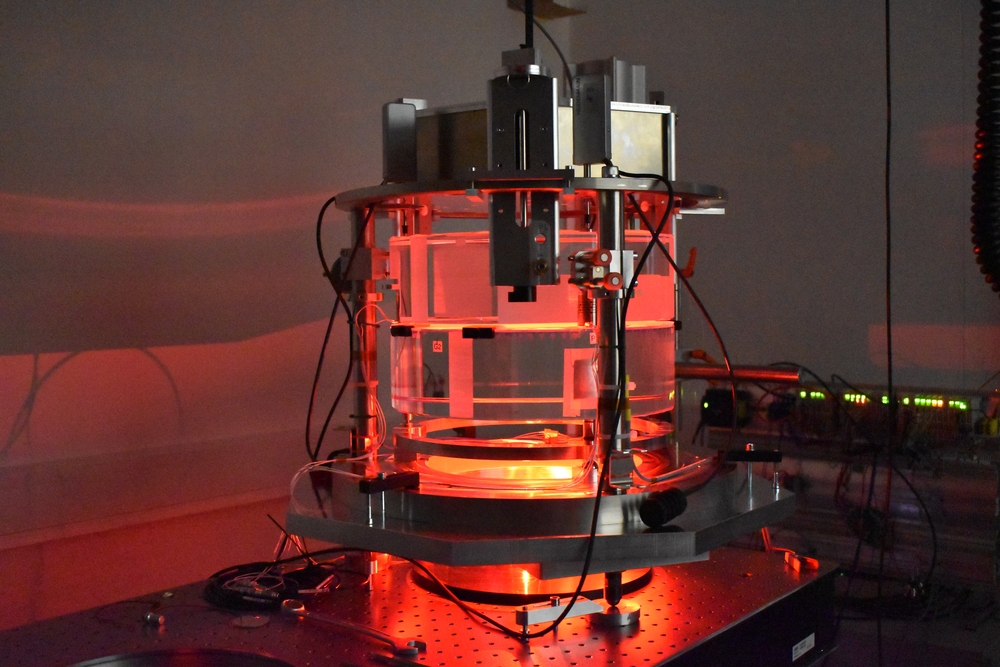Tunable Imaging Spectropolarimeters allow scientists to identify magnetic features in the photosphere or the chromosphere, and their time evolution over a large field of view.

As we already saw, the European Solar Telescope will be equipped with different types of instruments to allow scientists to study solar phenomena on different spatial scales.
Once the researchers get a grip of an interesting solar region, they will have a range of instruments to study it thoroughly: Fixed-band Imagers (FBIs, covered here), Integral Field Units (IFUs, covered here and here) and Tunable Imaging Spectropolarimeters (TISes).
FBIs will acquire intensity images of the Sun with the fastest cadence among all the EST instruments. IFUs and TISes, on the other hand, will provide a full spectropolarimetric diagnostic of the observed portion of the Sun. That is, they will measure the intensity and polarisation state of the light as a function of wavelength.
The difference lies in how they do it. Whereas IFUs prioritise the integrity of the spectral information (no time evolution occurs during the measurement of the spectral line), TISes are better for spatial integrity (the whole field of view is observed at once, but the spectral line may change slightly during the spectral scan). IFUs are based on classical spectrographs and TISes on filtergraphs.
Identifying time evolution of magnetic features
In a nutshell, TISes can scan a photospheric or chromospheric spectral line at a few wavelength positions in short periods of time, producing highly monochromatic images of the solar surface (that is why they are called “tunable”). They enable the identification of magnetic features and their time evolution over larger fields of view than those provided by IFUs.
To do so, TISes use Fabry-Pérot interferometers (etalons) to carry out the spectral analysis, a polarimeter to measure the four Stokes profiles of light, and an optical system to image the Sun on the detector.
More specifically, the EST TISes will have two air-gapped etalons in tandem. One of them will have a high reflectivity coating and the other a low reflectivity coating. This combination has proven very successful for CRISP and CHROMIS, two TISes currently in operation at the Swedish 1-m Solar Telescope on La Palma.

A challenging conceptual design… expected to be complete by the end of 2022
Manufacturing the etalons will be the most challenging development required by these instruments. They are virtually “the flattest and smoothest surfaces made by humans”, states Jose Carlos del Toro Iniesta, from the Instituto de Astrofísica de Andalucía (Spain), who leads the conceptual development of the EST TISes.
"The biggest challenge is to produce large etalons with outstanding optical quality. The etalons used in space instruments are small and have an average flatness error of 0.5 nanometres, but that precision cannot be achieved in large etalons. Therefore, we're aiming for an average roughness of less than 2 nanometres over the 18 centimetre aperture of the EST etalons, which is still very challenging", explains Del Toro Iniesta.
Currently under development (the general requirement document will be finished during the first half of 2021), the conceptual design of the instrument is expected to be delivered by December 2022.
More information:
- Tunable-band Imagers for EST (newsletter article)
- Update on the Fabry-Pérot development (newsletter article)
- DKIST Visible Tunable Filter (instrument description)
- Observar el Sol como nunca hasta ahora
